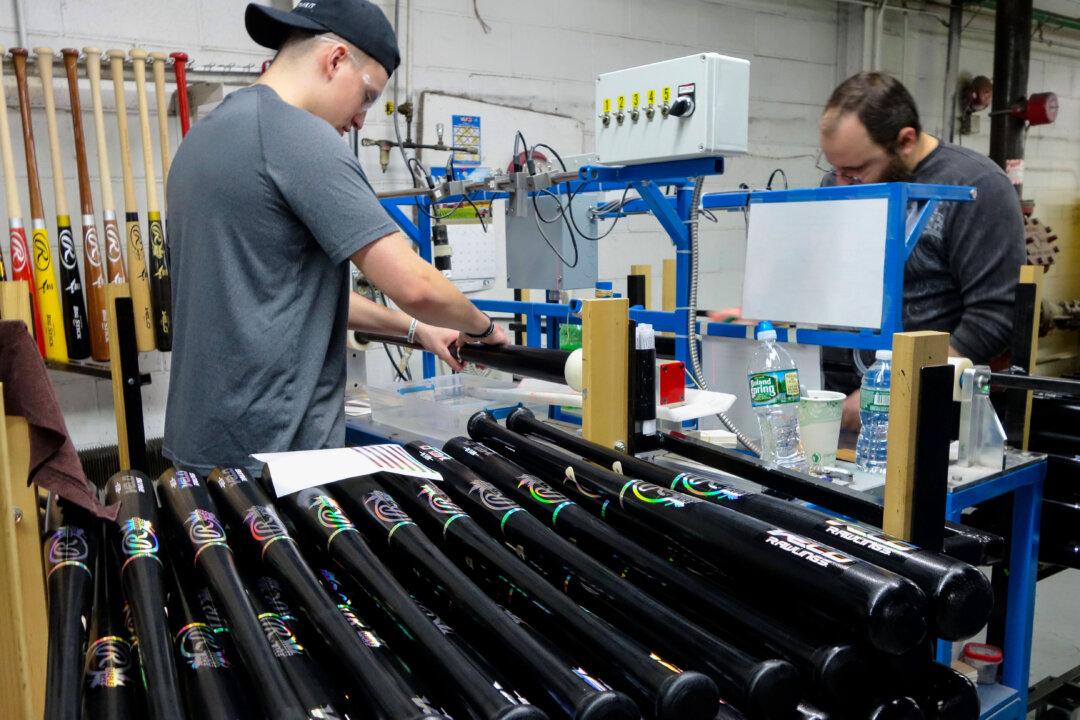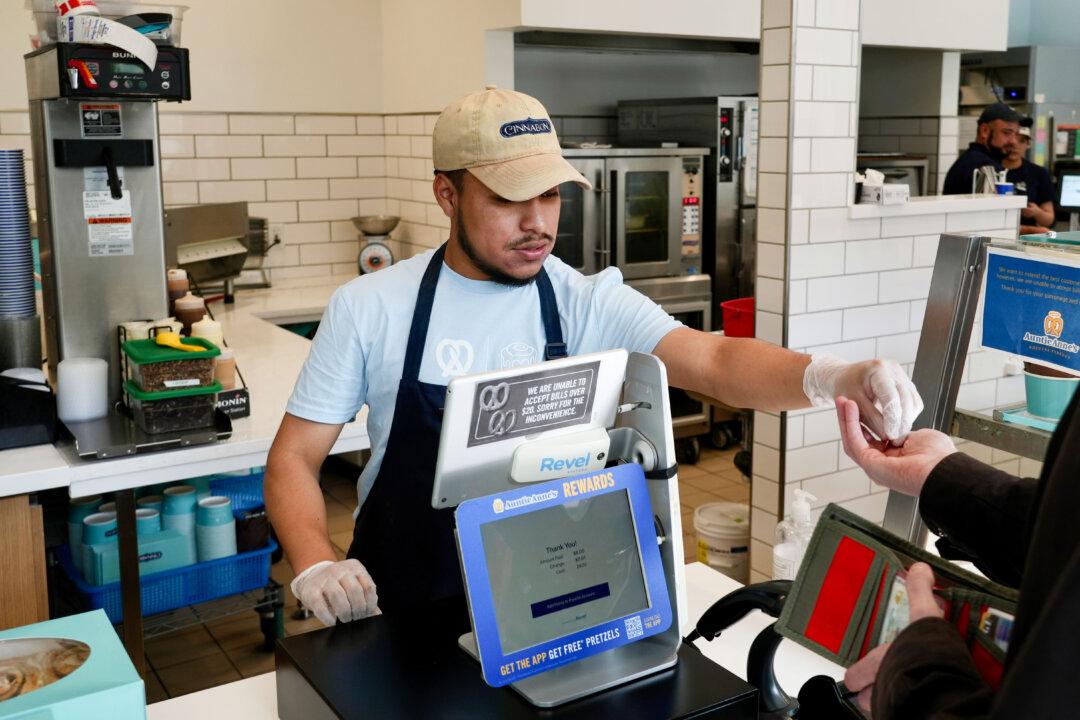American homebuyers—thwarted in their efforts by high prices, high mortgage rates, and low inventory—are asking the same housing questions at the beginning of 2024 that they were in 2023: When are home prices going to start dropping, and when will there be more to buy? The simple answer is: not anytime soon.
“At current low supply levels and demand increasing due to lower mortgage rates, for now at least, prices have nowhere to go but up. People are talking about mortgage rates coming down and more affordability, and that may happen to some extent, but I don’t think we’ll see a significant improvement,” Selma Hepp, chief economist for CoreLogic, told The Epoch Times. “Wages are going to have to improve much more for home prices to begin to fall, which is an unlikely scenario.”
CoreLogic, a global property information, analytics and data-enabled solutions provider, has released its Home Price Index (HPI) and HPI Forecast, which showed U.S. home prices were up 5.2 percent year over year in November, the largest annual growth rate recorded since January 2023. CoreLogic predicts housing cost hikes will slow to 2.3 percent this spring before stabilizing.
It’s not only prices but a lack of home inventory that has dogged buyers the past two years, and Ms. Hepp is not optimistic that the situation will improve much in 2024.
“There has been some improvement, and what we saw at the end of the year was a stabilization of new properties coming onto the market. I don’t think we’re seeing declines but that also doesn’t necessarily mean a huge increase in inventory either. What we’re looking at is a market “possibly better than 2023, which had the lowest housing inventory in history. I’m concerned we’re getting over-excited.”
According to Altos Research, housing inventory from Jan. 5–12, 2024, rose slightly, from 499,143 to 505,223, still nearly 64,000 listings short of 2023’s high mark.
One of the most significant issues with inventory is homeowners don’t want to sell and have to find another home at a higher interest rate. “When you do a calculation of what they bought their house for in 2020 or 2021 and even from then to now, prices are up 20 percent to 40 percent. Why would you give that up?” Ms. Hepp said. “On the flip side, you have 40 percent of homes that are owned free and clear, so they don’t have mortgages to pay off.”
Homebuilders Turning to Rental Neighborhoods
However, a slight but strategic shift in what these new home builds are being targeted for is now occurring in the Sunbelt area of the country. Entire Build to Rent (BTR) housing neighborhoods are now appearing as fewer and fewer Americans can find the money to own a new home or want to be stuck in one location for an extended period.Doug McKnight, president of RREAF Holdings, says his company has invested in 16,000 BTR multi-family homes, predominantly in Texas, to feed the appetite of renters who want to have the experience of living in a home but also want the flexibility to move when they want to.
“From an economic standpoint, it’s an advantage for some to rent, but I think it also represents a cultural shift and a different mindset,” he said to The Epoch Times. “We are doing a considerable amount of BTR communities, which is like having a horizontal apartment. It’s still a rental community, but also comes with amenities, great schools, and the ability to sign up for a year to 18 months.”
New dedicated BTR neighborhoods are springing up in sun-scorched cities like Myrtle Beach, Phoenix, San Antonio, and those in southern Nevada, among other locales. Even though conventional rents are starting to drop as apartment inventory comes online, 1.7 percent, according to Realtor.com, Mr. McKnight says BTR communities give renters many more options than conventional apartment rentals. “We aren’t offering homes in a bad part of town with a landlord that kind of takes care of the property and you’re stuck there. It’s truly another choice for renters to live in these [BTR] communities where you have all the benefits of a single-family home.”







